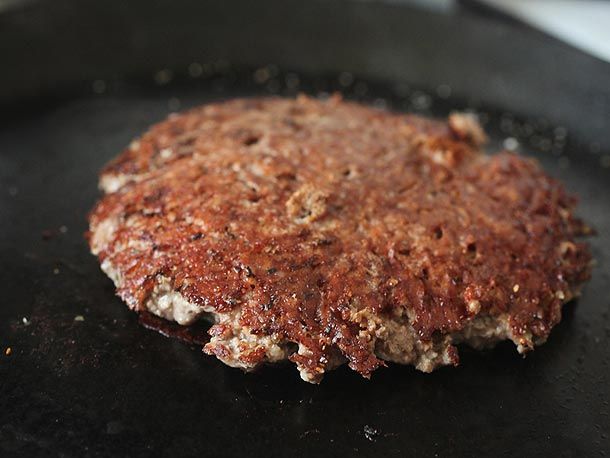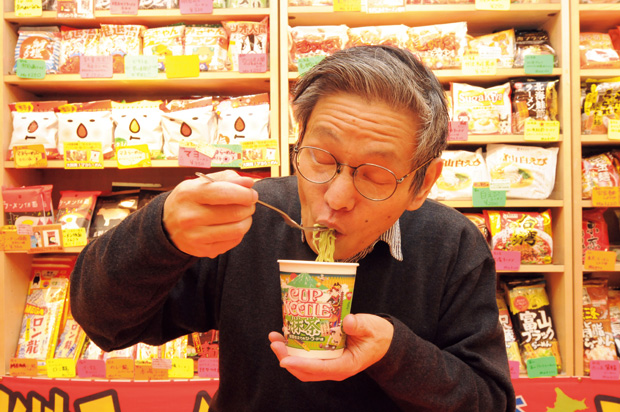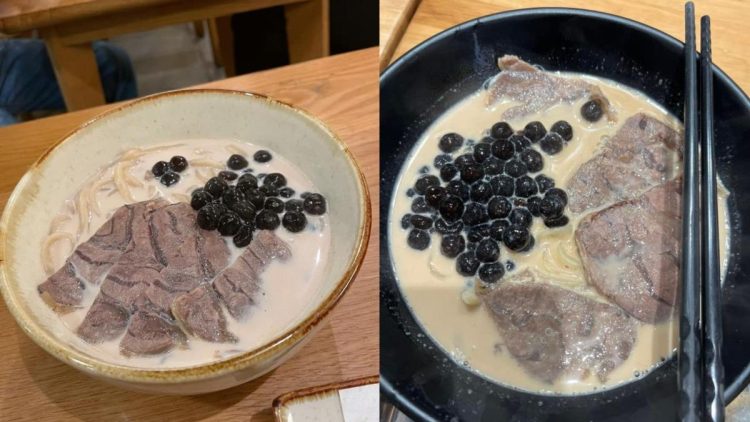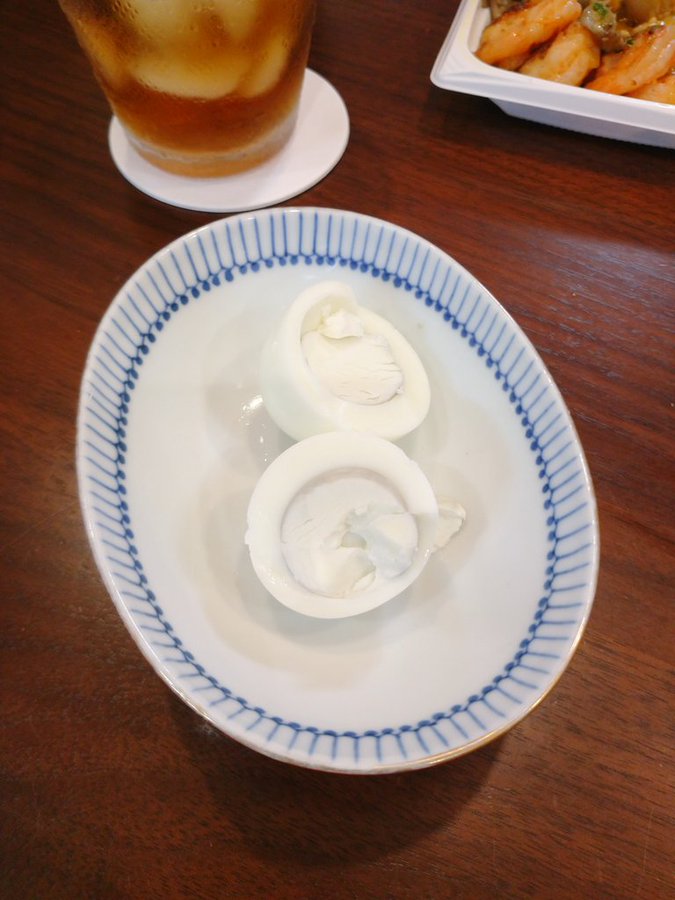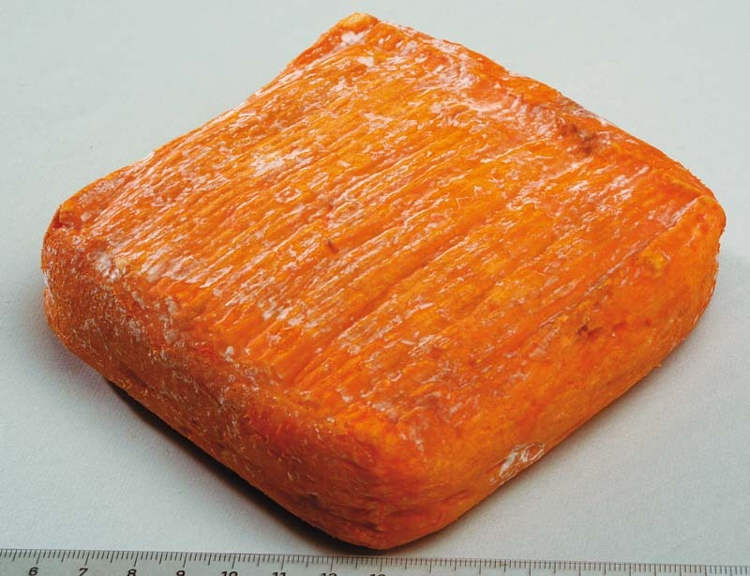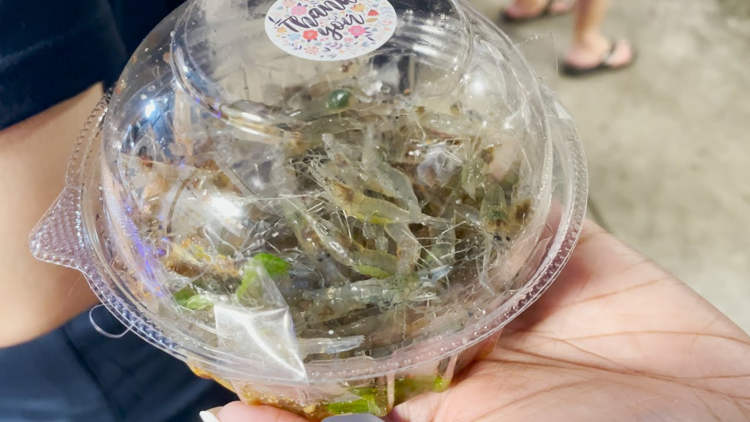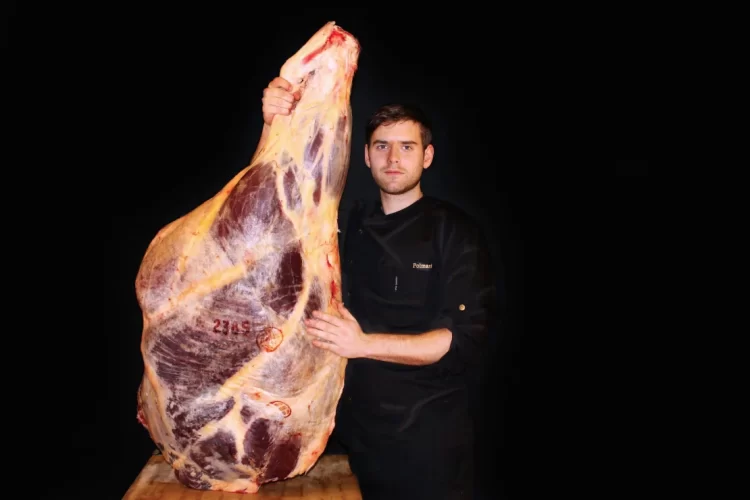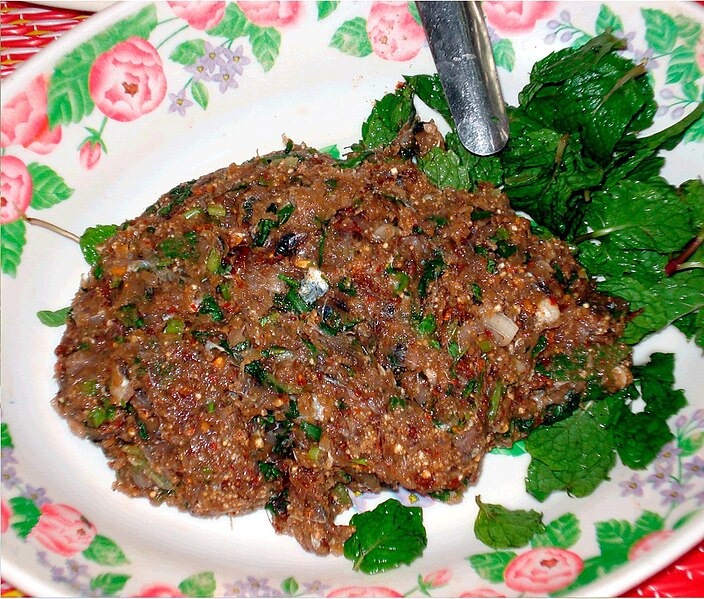A Chinese barbecue restaurant has gone viral for selling bamboo skewers seasoned with a mix of spices, chili, and spring onions to people looking to enjoy the flavor of barbecue without the calories.
Last month, Chinese media reported the hottest late-night snack in Southern China, an unusual “dish” called Spicy Bamboo Skewers. Thought up by a barbecue restaurant owner in Shaoyang, Hunan Province, the unusual treat consists of bamboo skewers seasoned with a mix of spices, chili, and spring onions before being tossed on the barbecue to add a bit of smokiness to the mix. The wooden skewers are then sold in batches of 50 for just 10 yuan ($1.4), making them both affordable and delicious. Just in case you’re wondering, you don’t eat the bamboo skewers, instead you suck the flavor off of them as a guilt-free snack.


